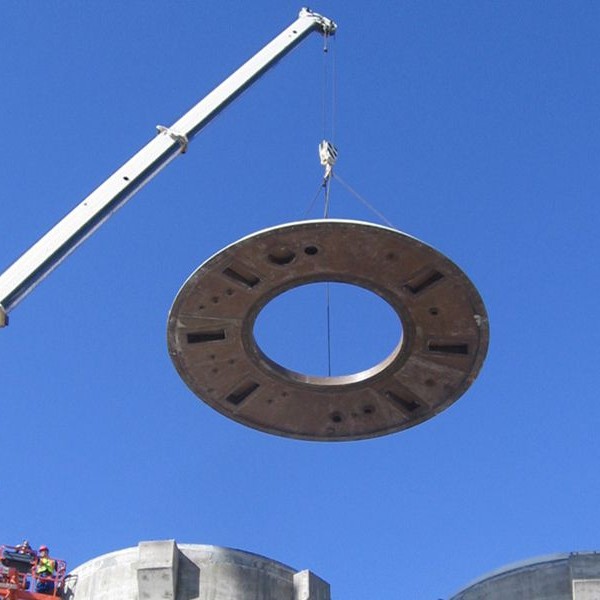
-
 Afrikaans
Afrikaans -
 Albanian
Albanian -
 Amharic
Amharic -
 Arabic
Arabic -
 Armenian
Armenian -
 Azerbaijani
Azerbaijani -
 Basque
Basque -
 Belarusian
Belarusian -
 Bengali
Bengali -
 Bosnian
Bosnian -
 Bulgarian
Bulgarian -
 Catalan
Catalan -
 Cebuano
Cebuano -
 China
China -
 China (Taiwan)
China (Taiwan) -
 Corsican
Corsican -
 Croatian
Croatian -
 Czech
Czech -
 Danish
Danish -
 Dutch
Dutch -
 English
English -
 Esperanto
Esperanto -
 Estonian
Estonian -
 Finnish
Finnish -
 French
French -
 Frisian
Frisian -
 Galician
Galician -
 Georgian
Georgian -
 German
German -
 Greek
Greek -
 Gujarati
Gujarati -
 Haitian Creole
Haitian Creole -
 hausa
hausa -
 hawaiian
hawaiian -
 Hebrew
Hebrew -
 Hindi
Hindi -
 Miao
Miao -
 Hungarian
Hungarian -
 Icelandic
Icelandic -
 igbo
igbo -
 Indonesian
Indonesian -
 irish
irish -
 Italian
Italian -
 Japanese
Japanese -
 Javanese
Javanese -
 Kannada
Kannada -
 kazakh
kazakh -
 Khmer
Khmer -
 Rwandese
Rwandese -
 Korean
Korean -
 Kurdish
Kurdish -
 Kyrgyz
Kyrgyz -
 Lao
Lao -
 Latin
Latin -
 Latvian
Latvian -
 Lithuanian
Lithuanian -
 Luxembourgish
Luxembourgish -
 Macedonian
Macedonian -
 Malgashi
Malgashi -
 Malay
Malay -
 Malayalam
Malayalam -
 Maltese
Maltese -
 Maori
Maori -
 Marathi
Marathi -
 Mongolian
Mongolian -
 Myanmar
Myanmar -
 Nepali
Nepali -
 Norwegian
Norwegian -
 Norwegian
Norwegian -
 Occitan
Occitan -
 Pashto
Pashto -
 Persian
Persian -
 Polish
Polish -
 Portuguese
Portuguese -
 Punjabi
Punjabi -
 Romanian
Romanian -
 Russian
Russian -
 Samoan
Samoan -
 Scottish Gaelic
Scottish Gaelic -
 Serbian
Serbian -
 Sesotho
Sesotho -
 Shona
Shona -
 Sindhi
Sindhi -
 Sinhala
Sinhala -
 Slovak
Slovak -
 Slovenian
Slovenian -
 Somali
Somali -
 Spanish
Spanish -
 Sundanese
Sundanese -
 Swahili
Swahili -
 Swedish
Swedish -
 Tagalog
Tagalog -
 Tajik
Tajik -
 Tamil
Tamil -
 Tatar
Tatar -
 Telugu
Telugu -
 Thai
Thai -
 Turkish
Turkish -
 Turkmen
Turkmen -
 Ukrainian
Ukrainian -
 Urdu
Urdu -
 Uighur
Uighur -
 Uzbek
Uzbek -
 Vietnamese
Vietnamese -
 Welsh
Welsh -
 Bantu
Bantu -
 Yiddish
Yiddish -
 Yoruba
Yoruba -
 Zulu
Zulu
fiberglass sand pipe
The Benefits and Applications of Fiberglass Sand Pipes
Fiberglass sand pipes have emerged as a vital solution in various industries due to their unique properties and advantages over traditional materials. Made from a combination of glass fibers and resin, these pipes offer exceptional durability and resistance to corrosion, making them ideal for handling abrasive materials like sand.
One of the primary benefits of fiberglass sand pipes is their lightweight nature. Compared to metal or concrete pipes, fiberglass is significantly lighter, which makes transportation and installation more efficient. This can lead to reduced labor costs and quicker project timelines, which is particularly beneficial in construction and mining operations where time is often of the essence.
Additionally, fiberglass sand pipes boast excellent resistance to corrosive substances
. In applications where piping is exposed to harsh environments, such as sand and mineral processing, the ability to withstand chemical wear extends the service life of the pipes. This not only minimizes maintenance requirements but also reduces the frequency of replacements, leading to long-term cost savings for businesses.fiberglass sand pipe

Furthermore, these pipes can be manufactured in various shapes and sizes, allowing for versatility in design and application. Whether it is for pumping sand from a quarry or transporting materials in a wastewater treatment plant, fiberglass sand pipes can be tailored to meet specific operational needs. Their smooth inner surfaces also facilitate higher flow rates, making them an efficient choice for transporting sand and other granular materials.
Another significant advantage is the environmental aspect of fiberglass pipes. With growing concerns about sustainability, the production and use of fiberglass materials are increasingly focused on reducing environmental impact. Unlike conventional materials, fiberglass pipes can be produced using recycled glass, contributing to a circular economy and reducing landfill waste. Moreover, they do not leach harmful substances into the surrounding environment, providing a safer alternative for both humans and wildlife.
In terms of installation, fiberglass pipes can be easily joined using mechanical fittings, adhesives, or even by welding, offering flexibility in how systems are assembled. This adaptability not only simplifies the installation process but also enables quick repairs and modifications to existing piping systems.
In conclusion, fiberglass sand pipes represent a modern solution for industries that require reliable and efficient transportation of sand and similar materials. With their lightweight construction, corrosion resistance, environmental benefits, and customizable design, they are proving to be a superior choice for various applications. As industries continue to evolve and seek more sustainable practices, the role of fiberglass in infrastructure is likely to expand, paving the way for a more efficient and eco-friendly future.
Latest news
-
Exploring the Benefits of Top Hammer Drifter Rods for Enhanced Drilling PerformanceNewsJun.10,2025
-
High-Precision Fiberglass Winding Machine for GRP/FRP Pipe Production – Reliable & Efficient SolutionsNewsJun.10,2025
-
FRP Pipes & Fittings for Shipbuilding - Corrosion-Resistant & LightweightNewsJun.09,2025
-
Premium FRP Flooring Solutions Durable & Slip-ResistantNewsJun.09,2025
-
Premium Fiberglass Rectangular Tanks Durable & Lightweight SolutionNewsJun.09,2025
-
Tapered Drill String Design Guide Durable Performance & UsesNewsJun.09,2025









